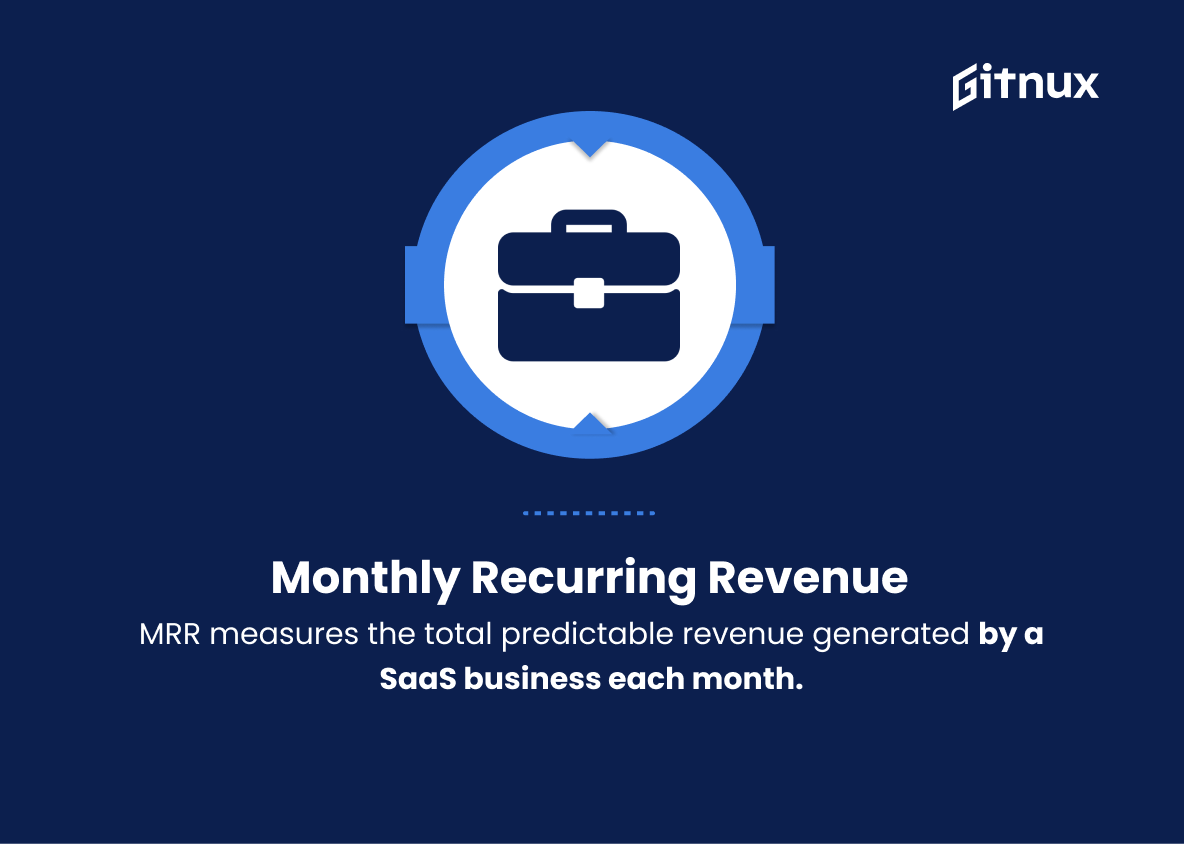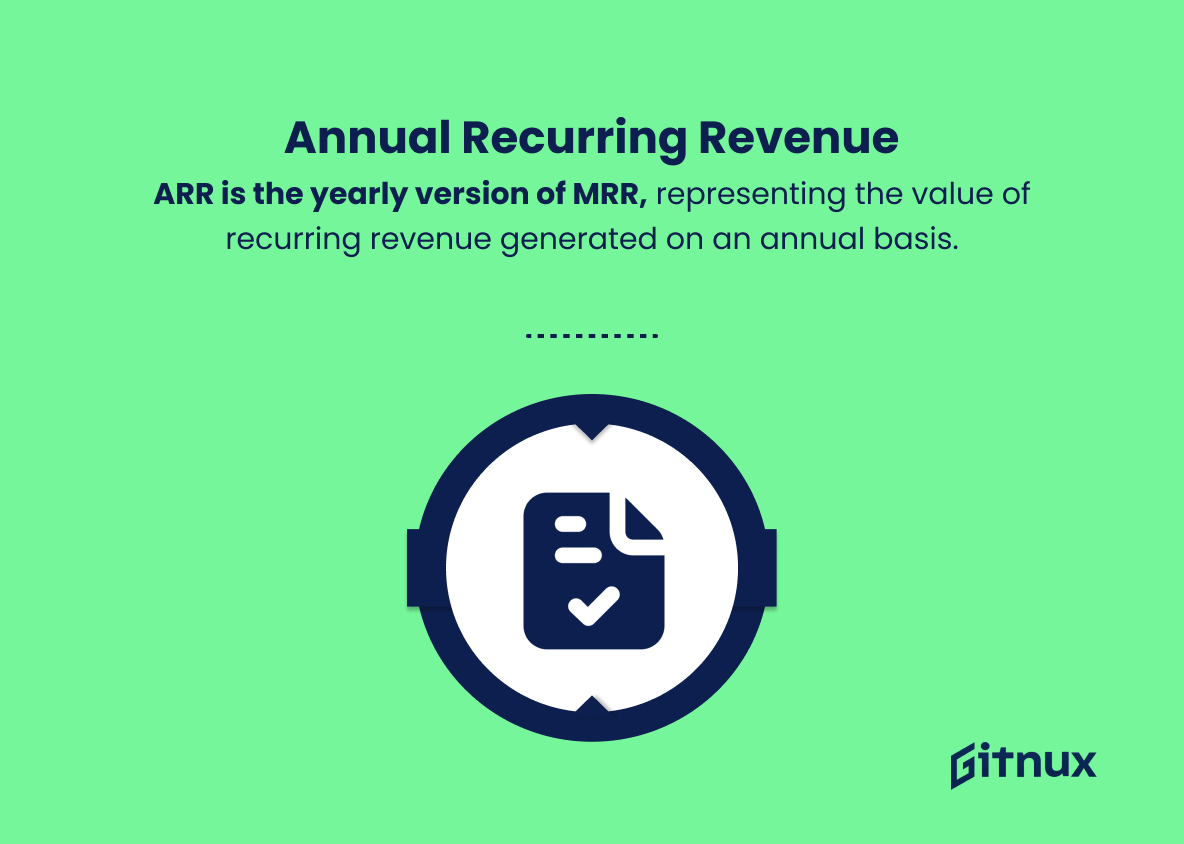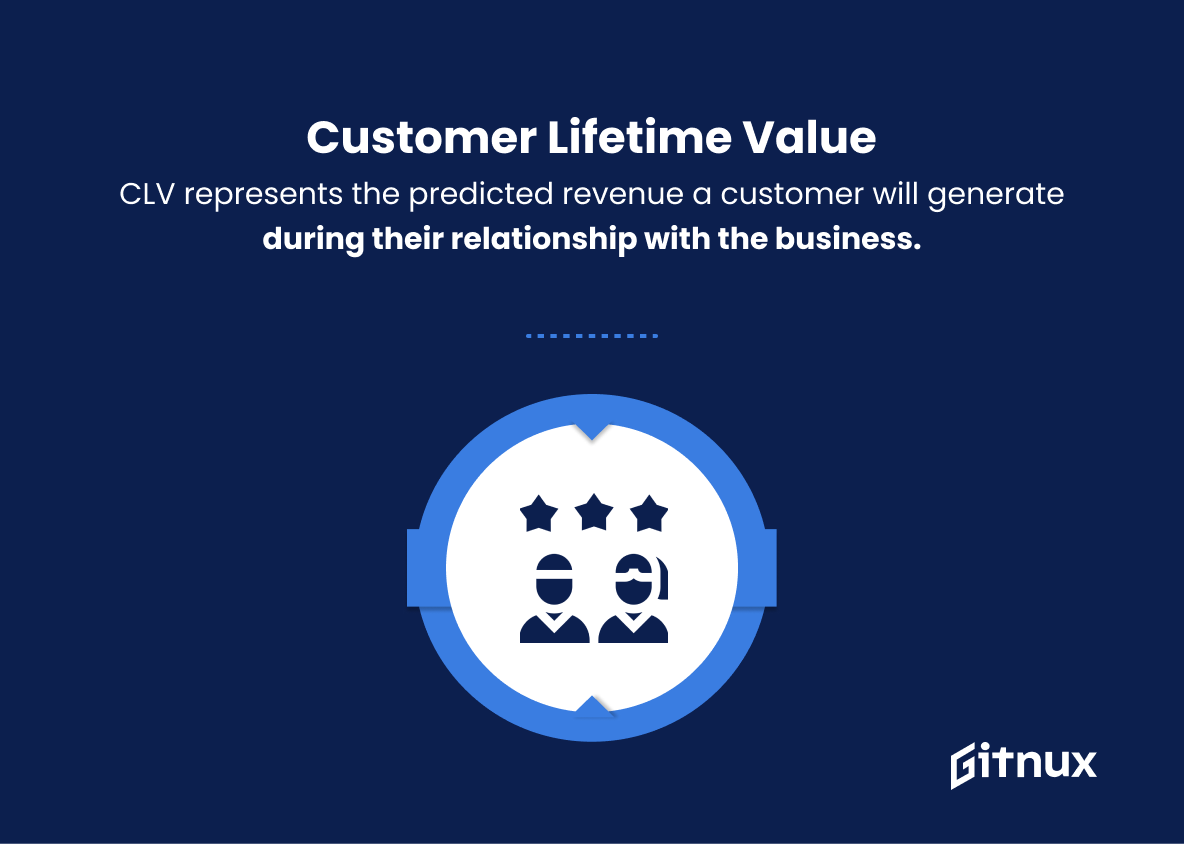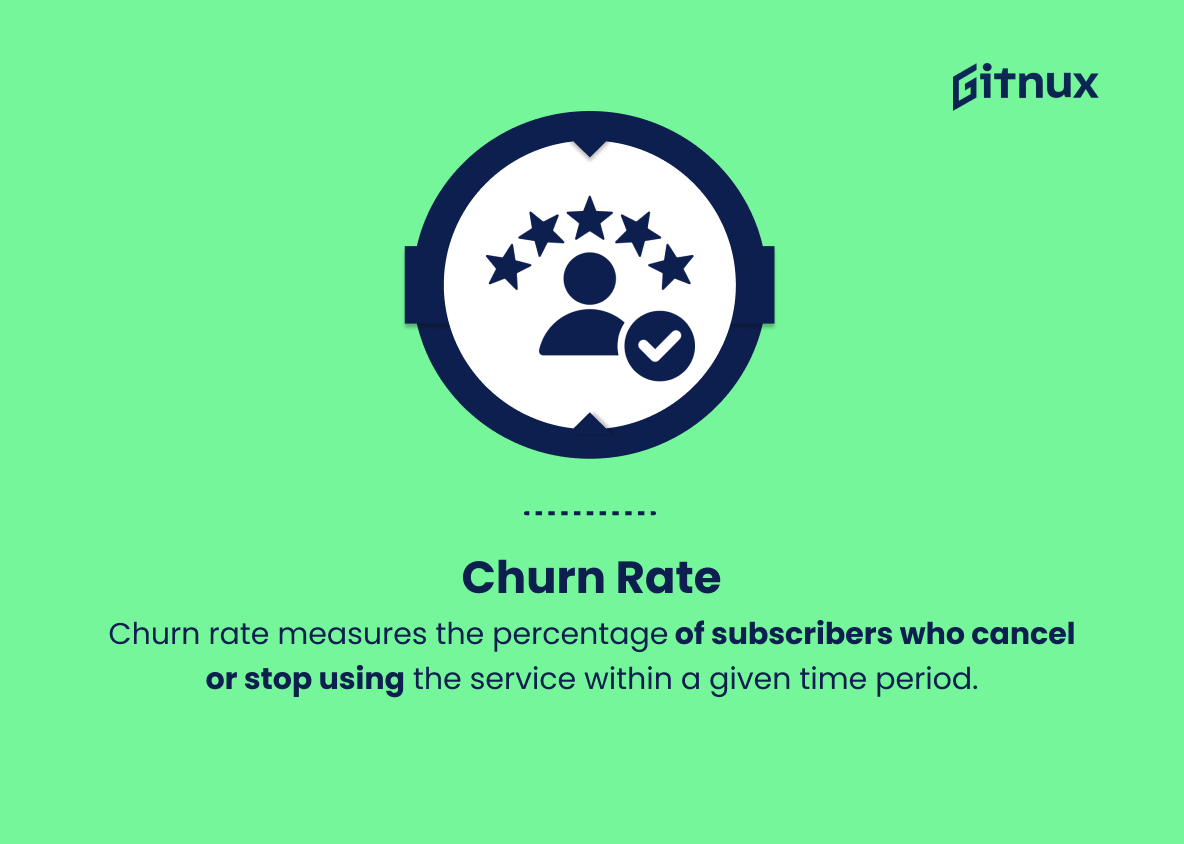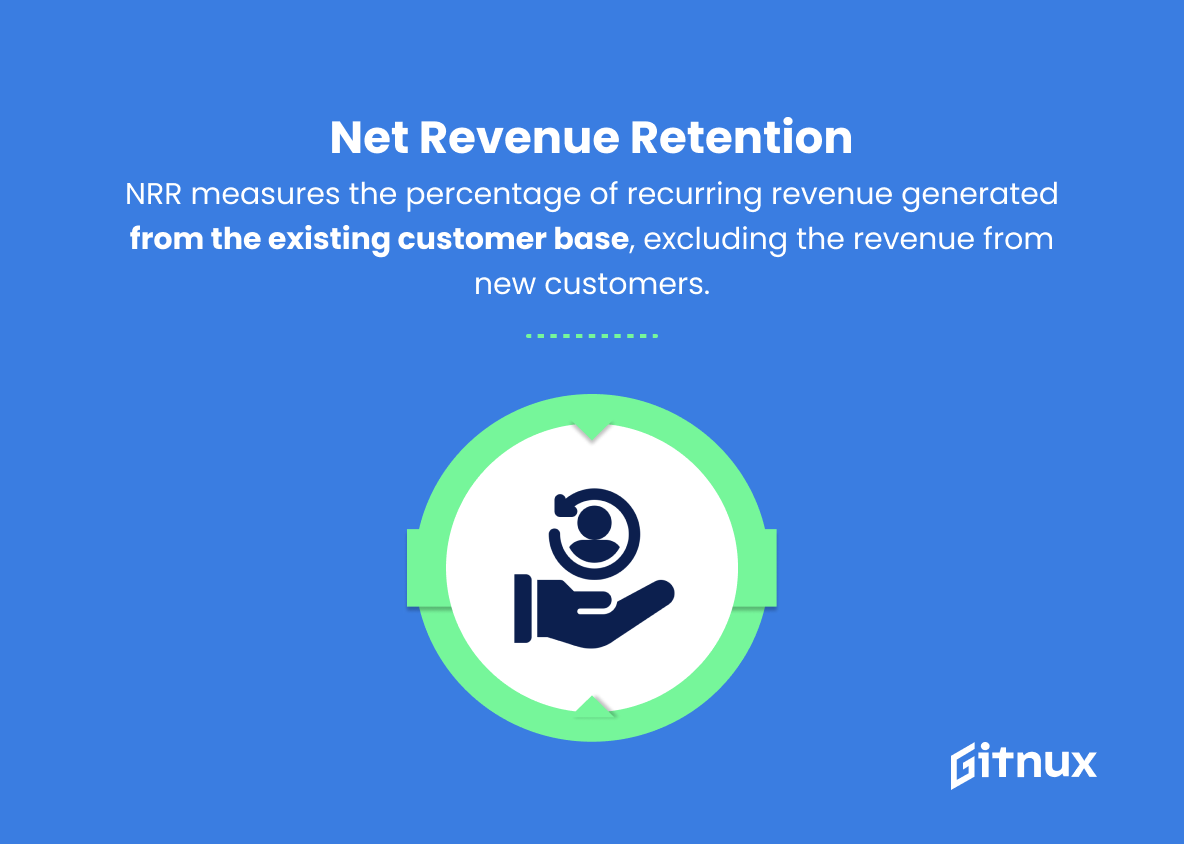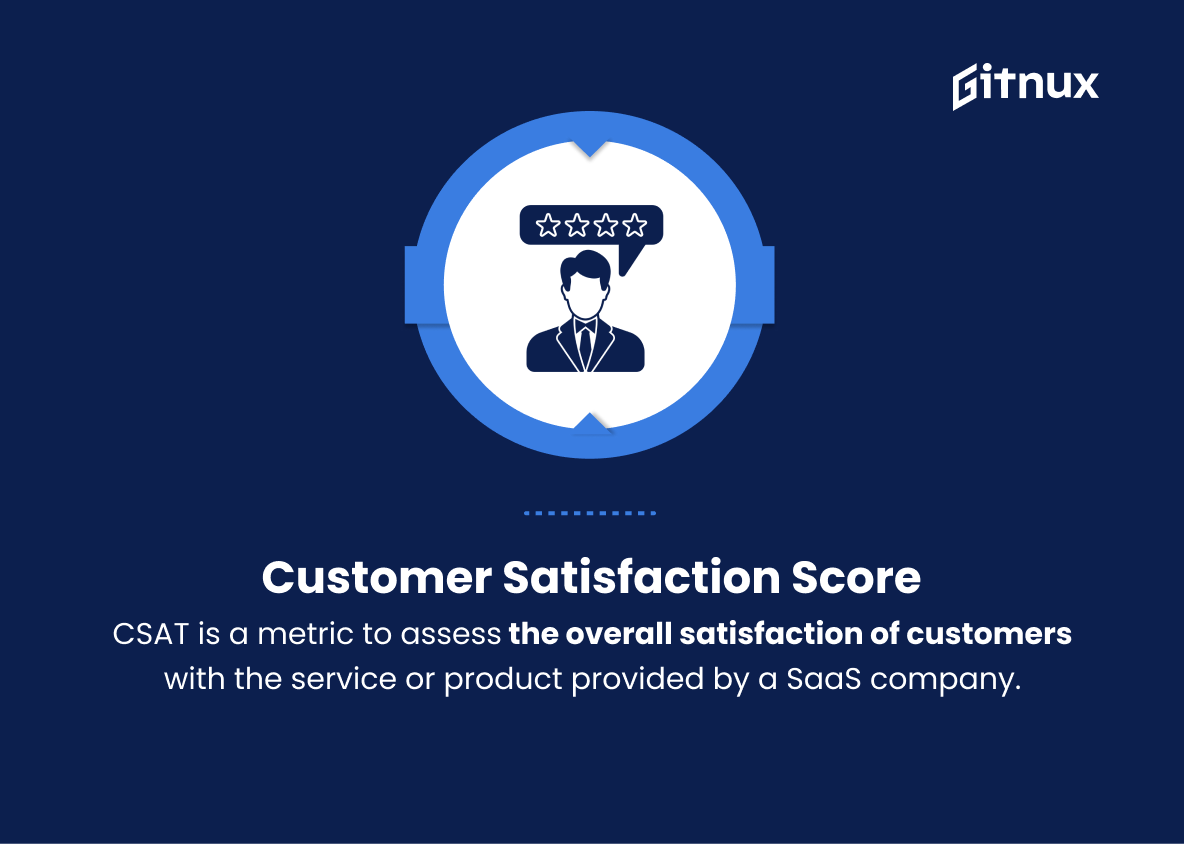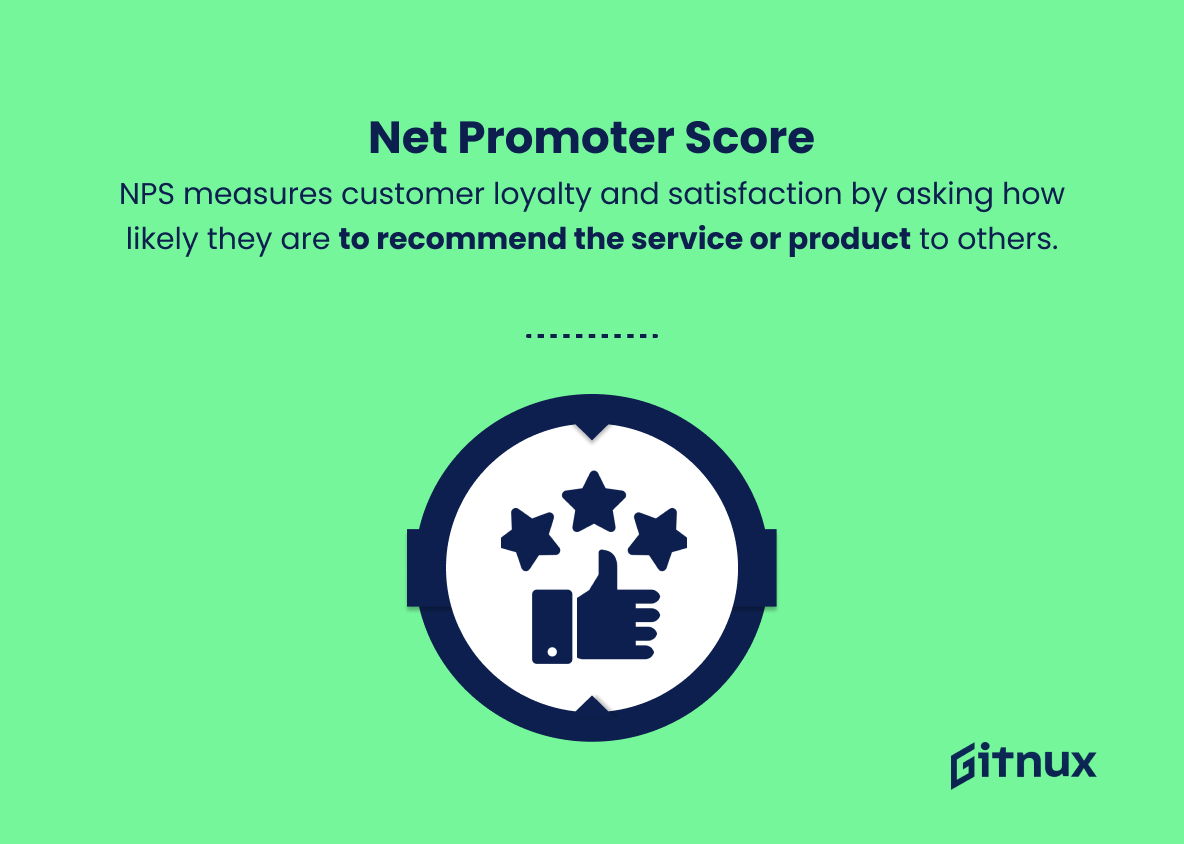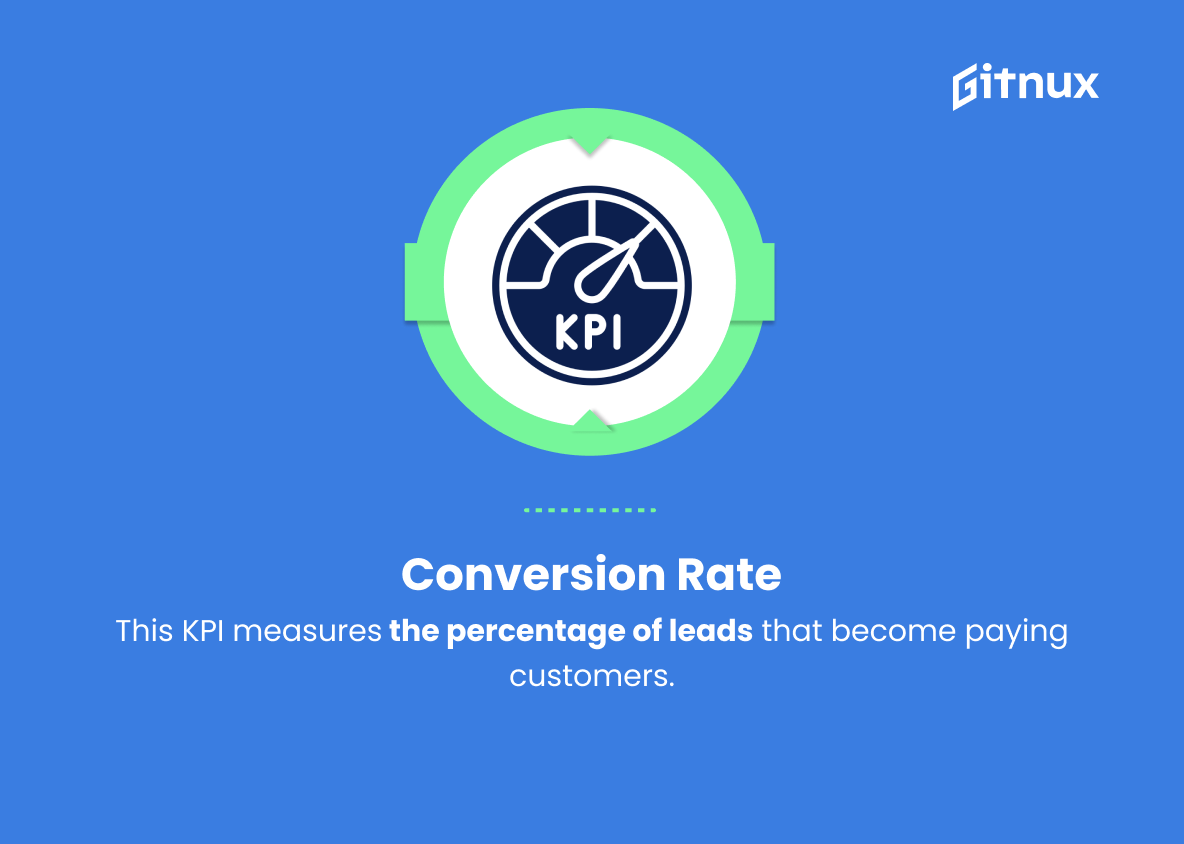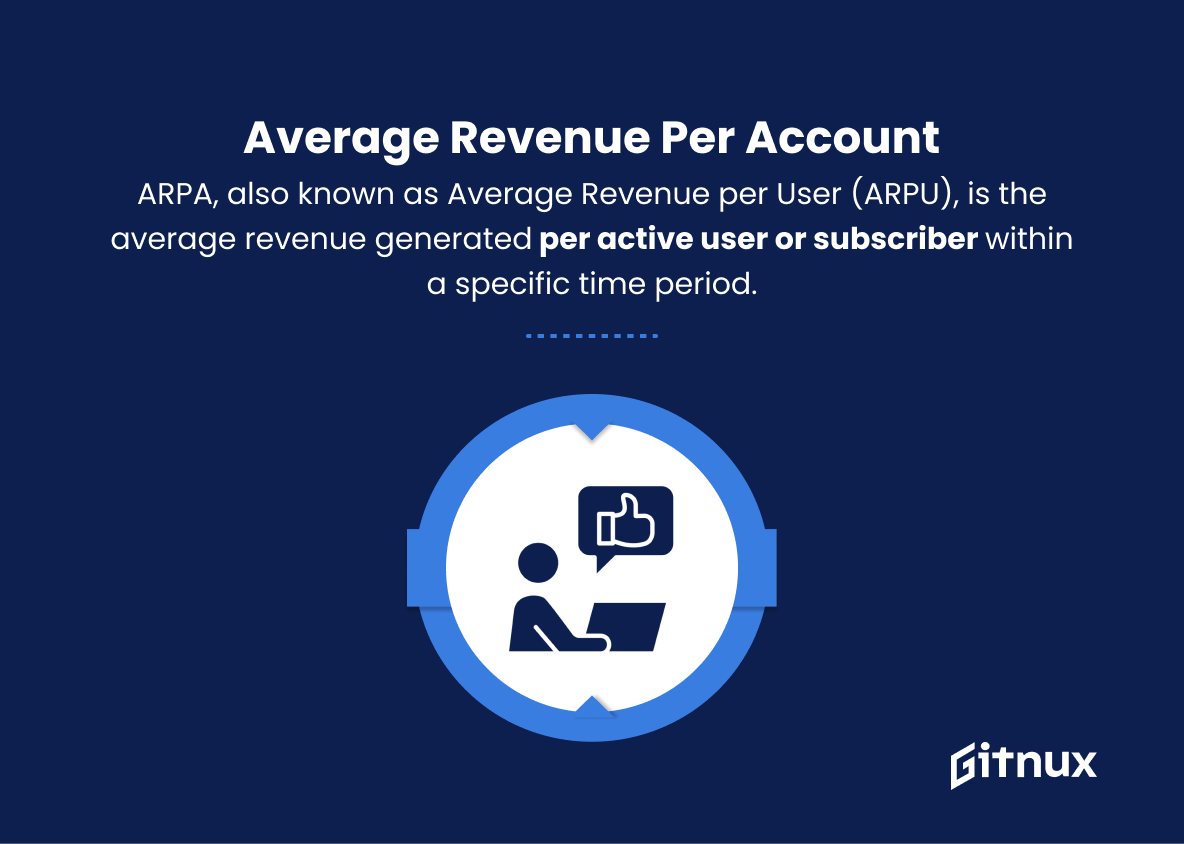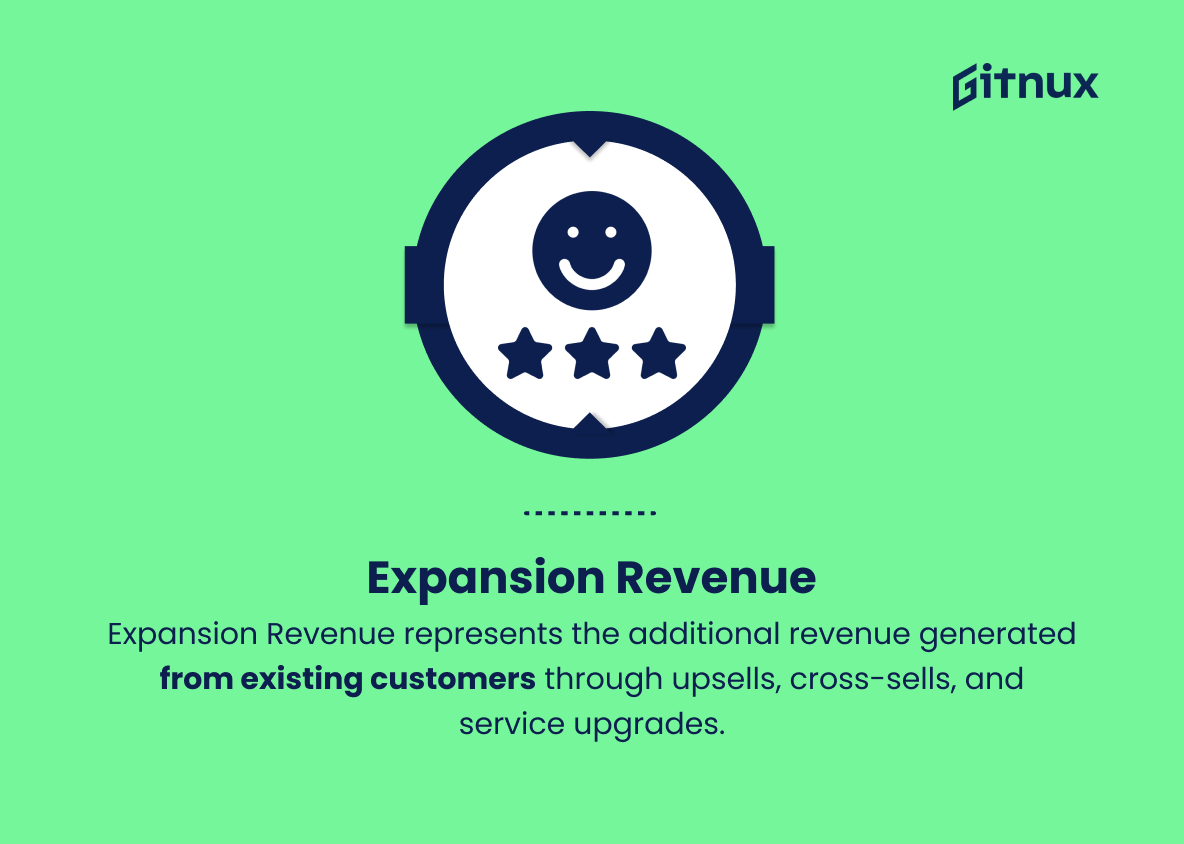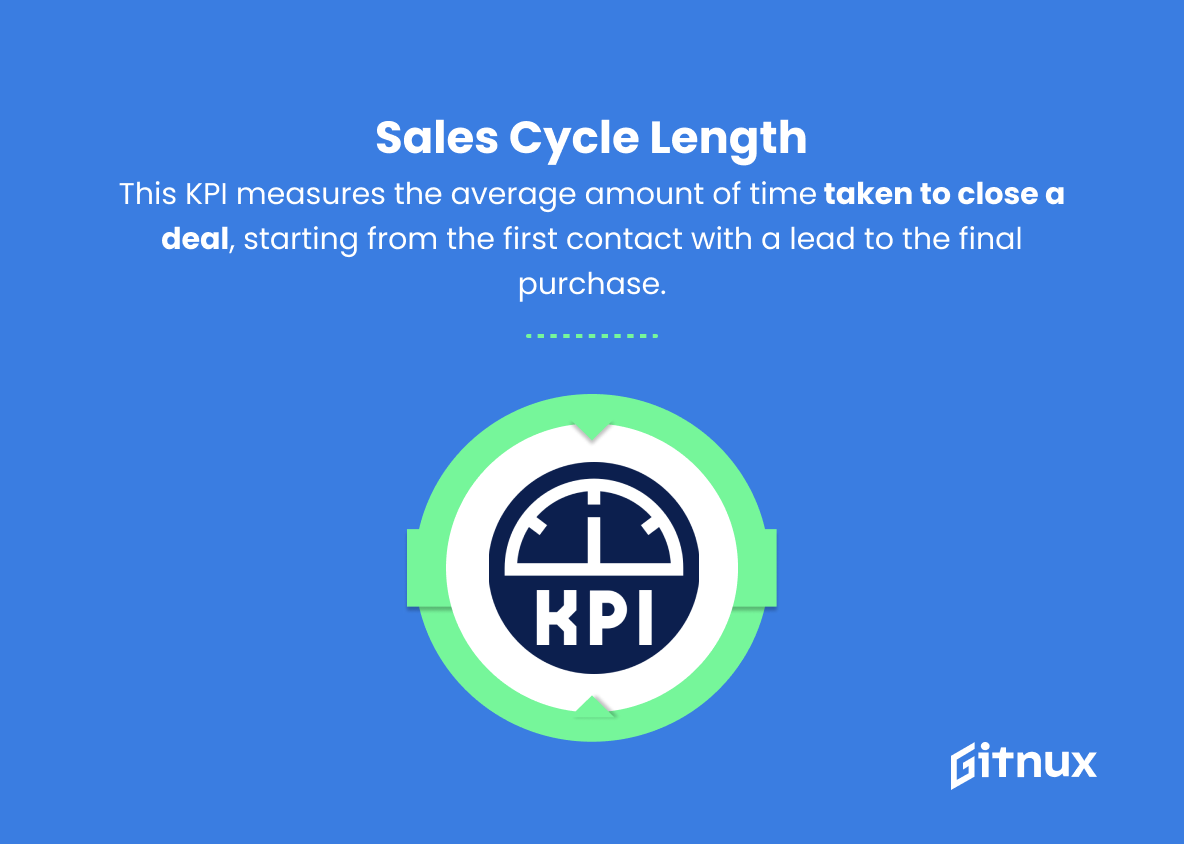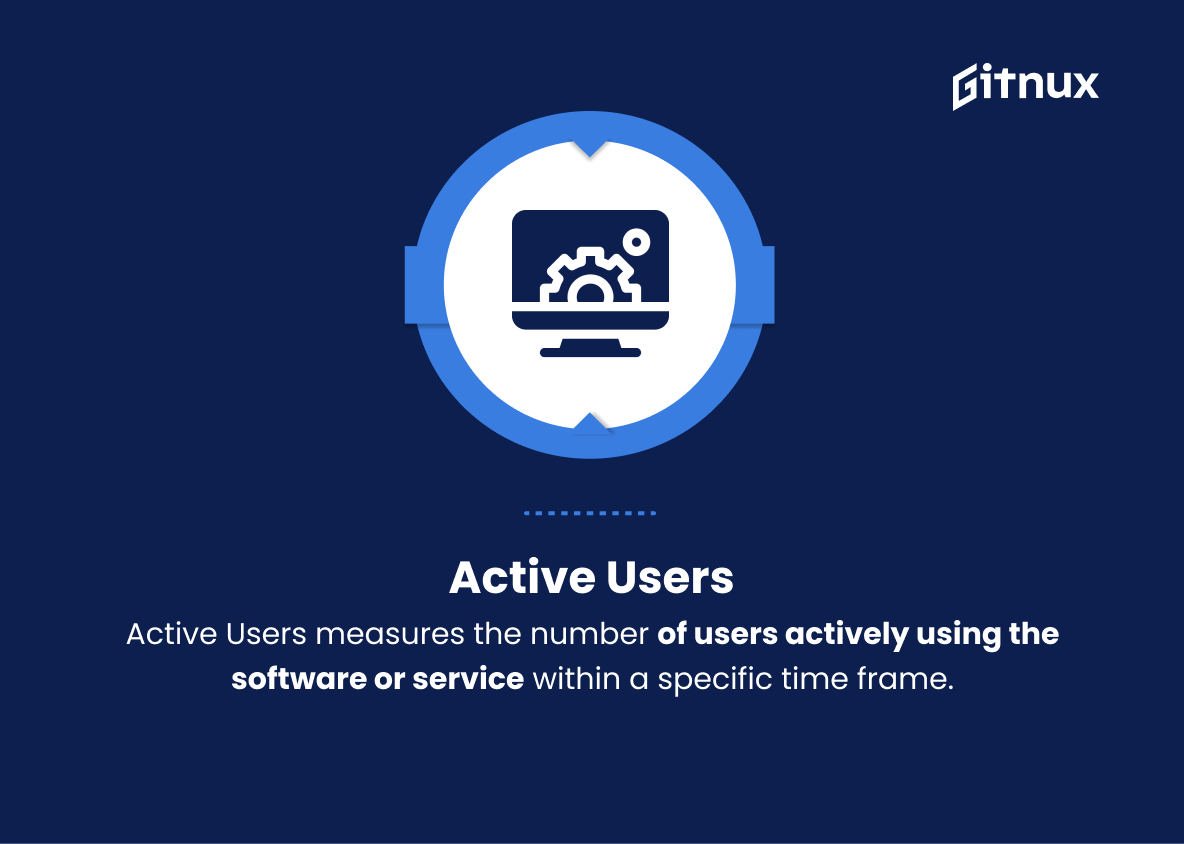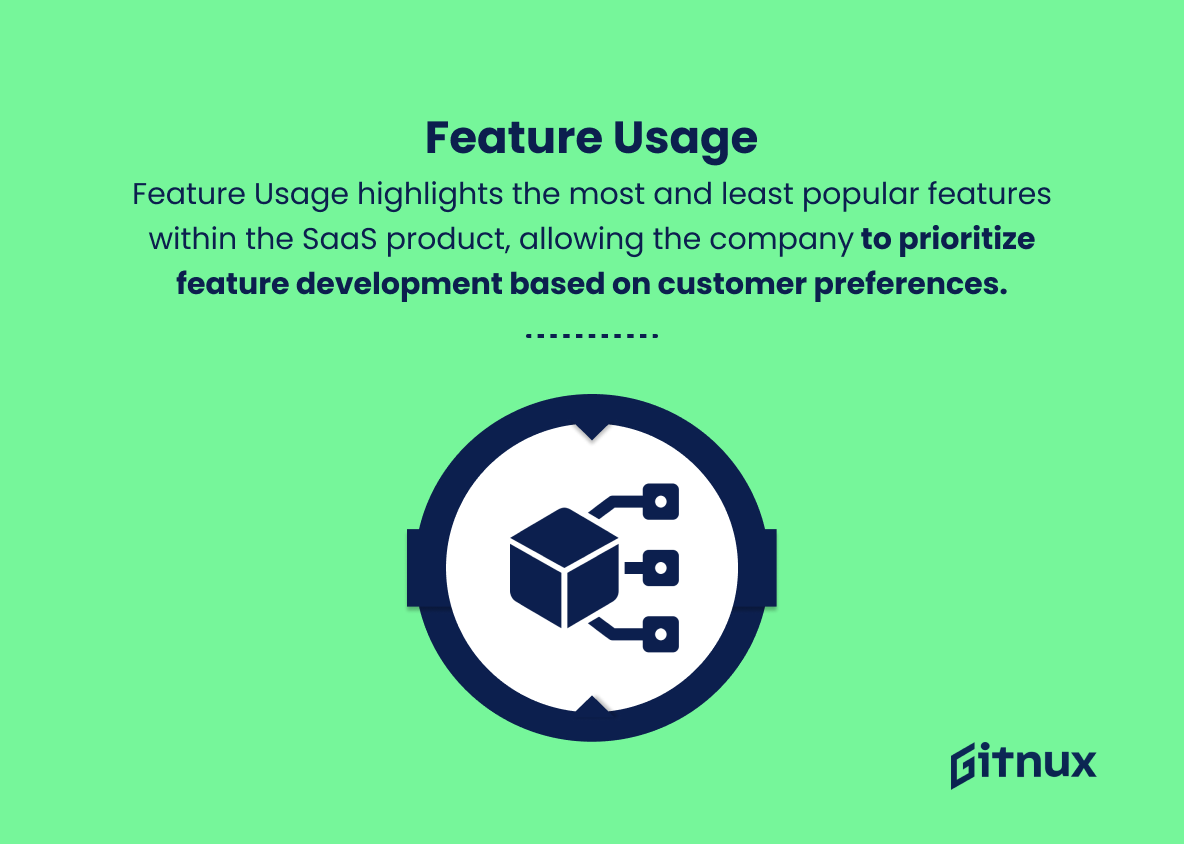In today’s rapidly evolving digital landscape, it has become imperative for SaaS (Software as a Service) companies to continually monitor their performance and identify opportunities for growth. One of the most effective ways to achieve this is through the meticulous tracking of specific Key Performance Indicators (KPIs). These metrics act as a compass, enabling SaaS businesses to make informed decisions and gauge their successes against predetermined benchmarks.
In this blog post, we delve deep into the world of SaaS KPIs, exploring their importance, reviewing the most critical ones, and offering valuable insight into how they can be utilized to optimize company performance and drive sustainable growth. So, fasten your seat belts and get ready for an enlightening journey into the domain of SaaS KPIs that can potentially transform your organization’s future.
Saas KPIs You Should Know
1. Monthly Recurring Revenue (MRR)
MRR measures the total predictable revenue generated by a SaaS business each month. It is a crucial KPI to evaluate the stability of the company’s revenue stream.
2. Annual Recurring Revenue (ARR)
ARR is the yearly version of MRR, representing the value of recurring revenue generated on an annual basis.
CLV represents the predicted revenue a customer will generate during their relationship with the business.3. Customer Acquisition Cost (CAC)
CAC is the average cost incurred by a SaaS business to acquire a new customer, including marketing, sales, and other related expenses.
4. Customer Lifetime Value (CLV)
CLV represents the predicted revenue a customer will generate during their relationship with the business. It allows the company to understand how much they should invest to acquire and retain customers.
5. Churn Rate
Churn rate measures the percentage of subscribers who cancel or stop using the service within a given time period. A low churn rate signifies better customer retention.
6. Net Revenue Retention (NRR)
NRR measures the percentage of recurring revenue generated from the existing customer base, excluding the revenue from new customers. It helps assess the company’s ability to grow revenue from the existing customer base.
7. Customer Satisfaction Score (CSAT)
CSAT is a metric to assess the overall satisfaction of customers with the service or product provided by a SaaS company.
Support Ticket Volume measures the number of support tickets raised by customers within a given time period.8. Net Promoter Score (NPS)
NPS measures customer loyalty and satisfaction by asking how likely they are to recommend the service or product to others.
9. Lead-to-Customer Conversion Rate
This KPI measures the percentage of leads that become paying customers. It helps evaluate the effectiveness of marketing and sales efforts.
10. Average Revenue per Account (ARPA)
ARPA, also known as Average Revenue per User (ARPU), is the average revenue generated per active user or subscriber within a specific time period.
11. Expansion Revenue
Expansion Revenue represents the additional revenue generated from existing customers through upsells, cross-sells, and service upgrades.
12. Sales Cycle Length
This KPI measures the average amount of time taken to close a deal, starting from the first contact with a lead to the final purchase. Shorter sales cycles can lead to lower CAC and faster revenue generation.
13. Active Users
Active Users measures the number of users actively using the software or service within a specific time frame. It helps assess user engagement levels.
14. Feature Usage
Feature Usage highlights the most and least popular features within the SaaS product, allowing the company to prioritize feature development based on customer preferences.
15. Support Ticket Volume
This KPI measures the number of support tickets raised by customers within a given time period. Lowering support ticket volume can indicate that product usability and customer satisfaction is improving.
Saas KPIs Explained
SaaS KPIs are essential to evaluating a business’s performance, growth, and customer satisfaction. Monthly Recurring Revenue (MRR) and Annual Recurring Revenue (ARR) provide insight into revenue stability and predictability, while Customer Acquisition Cost (CAC) and Customer Lifetime Value (CLV) assist in determining the profitability and investment needed to acquire and retain customers. The Churn Rate, Net Revenue Retention (NRR), Customer Satisfaction Score (CSAT), and Net Promoter Score (NPS) all contribute to understanding customer loyalty, satisfaction, and the ability to grow revenue from an existing customer base.
Additionally, Lead-to-Customer Conversion Rate, Average Revenue per Account (ARPA), Expansion Revenue, and Sales Cycle Length offer insights into the success of marketing efforts, monetization strategies, and sales efficiency.
Lastly, monitoring Active Users, Feature Usage, and Support Ticket Volume can help improve user engagement, prioritize product development, and enhance customer satisfaction by identifying areas of improvement and emerging trends. Overall, these KPIs provide a comprehensive view of a SaaS business’s performance, allowing for data-driven decision-making and strategic adjustments.
Conclusion
In conclusion, keeping a close eye on your SaaS KPIs is imperative for the success and growth of your business. By understanding these critical metrics, you’ll be able to make data-driven decisions, optimize your strategies, and ultimately, achieve your company’s goals.
Remember that measuring, analyzing, and refining your approach based on your KPIs is an ongoing process, so it’s important to be diligent and committed to continuous improvement. By doing so, you will be positioning your SaaS business for long-term success in an ever-changing, competitive landscape.
